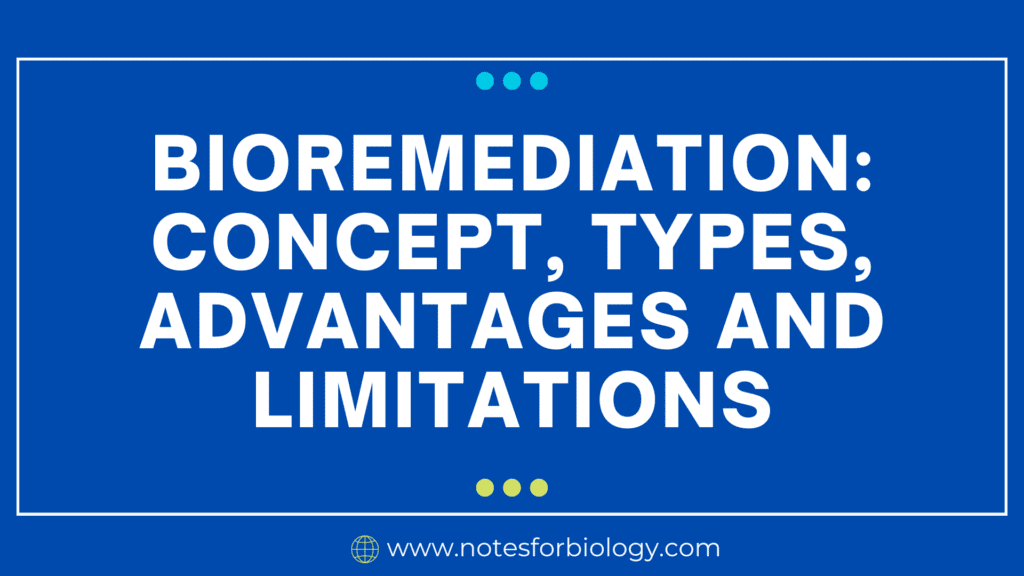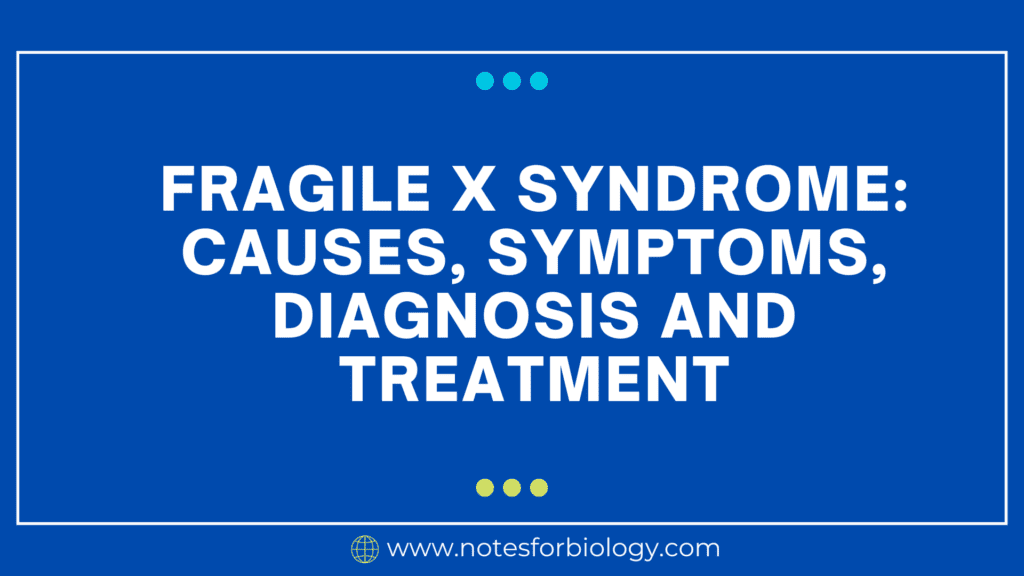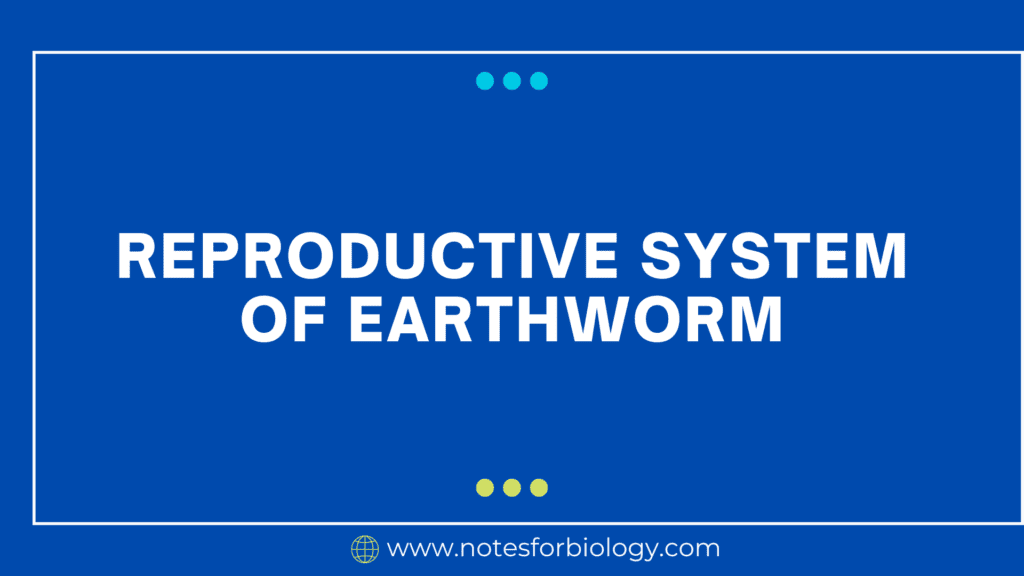Bioremediation of hydrocarbons, heavy metals and xenobiotics
Define Bioremediation? One method that shows promise for improving our environment and providing a sustainable and natural solution to pollution issues is bioremediation. Numerous environmental issues confront our world, such as pervasive xenobiotic, heavy metal, and hydrocarbon pollution. Because of the serious threats these contaminants represent to ecosystems and human health, effective and long-lasting cleanup […]
Bioremediation of hydrocarbons, heavy metals and xenobiotics Read More »










